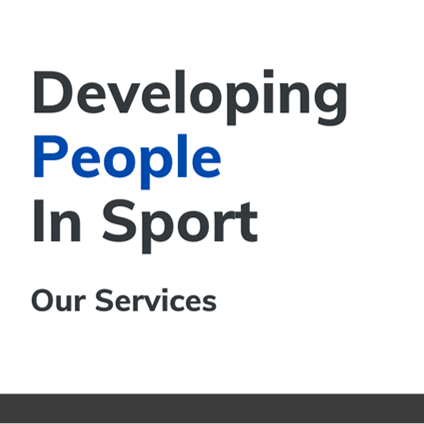Over the last couple of months, I’ve been embedded in developing learning to support the delivery of the Level 2 Certificate in Coaching qualification, aligned to the CIMSPA Coach professional standard. This has been a valuable learning experience, not only in terms of mapping content but creating learning that is relevant and accessible. Initial feedback has been positive but I am very conscious that we will need to adjust and improve to maximise understanding and transferability in application.
It seems appropriate to reflect on the role of the coach as part of coaching week. Previous literature has referred to the coach as a mentor, educator, advisor and role model but over the last ten years, the role and expanded in terms of responsibilities and expectations. I believe the following elements can create a really variable demand on a coach’s role, expertise and skills they are required to possess:
- Participant motives and aspirations
- The participant population (i.e. children or adult coaches)
- The context of the coaching environment.
The context of the organisation they are operating in or are aligned to. This may also include contributions and expectations from others such as a Board of Directors or Club Committee.
For coaches, these can be difficult factors to manage based on their role. For example, a coach’s role may purely be focused on providing an excellent participant experience of sport and physical activity to sustain involvement in physical activity across the life course. Alternatively, the role of a coach may predominately be concentrated on improvement and development in a sport.
Through undertaking research, I came across Lyle and Cushions (2017) function-related representation of the role of a coach to support the implementation of the coaching process. They suggest that the coordination of the coaching process is better understood if the role is divided into sub-roles:
Direct intervention:
This involves the purposeful delivery of activities that are focused on the improvement of performance relating to the participant or team. This involves training sessions, competitions, schedules and recovery. How the coach delivers (pedagogy), session management and coaching craft are all relevant here.
Intervention support:
This references activities that support direct intervention. This will be impacted by their status and commitment requirements. Activities may involve planning, advice and guidance and administration.
Constraints management:
The wider coaching environment will influence the participant/team. Coaches need to be aware of the wider sphere that influences the participant outside of the pitch/court/dojo/field along with the sport organisational system such as National Governing Body policies. Some of these factors they may or may not be able to directly influence. However, they may have some influence and control over other factors which directly affect their coaching programmes, such as training access and support staff.
Strategic coordination:
Continuous review of the progress of the aspirations of the coaching programme will support reflection, action and opportunities for learning.
Whilst these sub-roles might not be appropriate to every coach, it provides an additional framework for understanding coaching and the functions a coach may play. This can positively influence coaching education, continual professional development and recruitment strategies.
Related Services

Find out more about Developing People in Sport!

